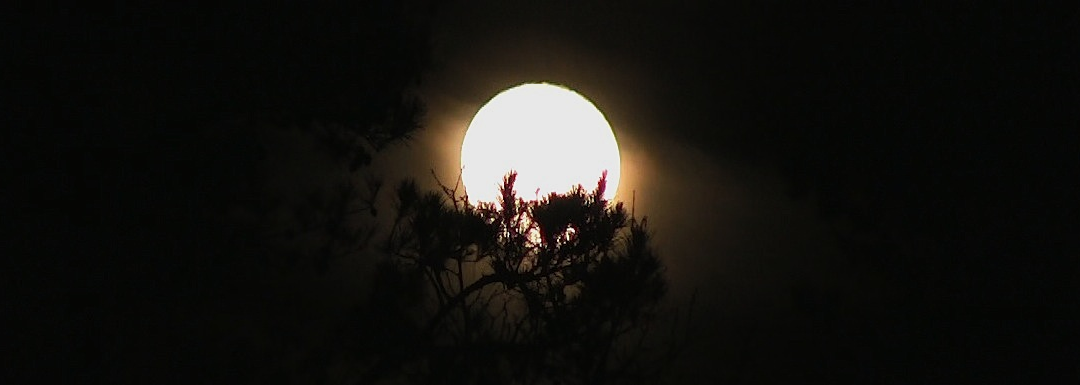
The cycle of the moon’s revolution around us here on earth can be divided into 4 distinct phases or “quarters”, each of which lasts a little better than 7 days…and each of which has a different appearance as viewed from earth.
The 1st quarter (which is also the beginning of the entire cycle) starts at the point called the “new moon” in which the moon is practically invisible to us (since the sun is shining on the side of it we can’t see) and continues to that point in which half the moon is illuminated by the sun. This 1st quarter (like the others) lasts a little more than 7 days.
The 2nd quarter then begins and lasts for about another 7 days until the full moon is reached. Now we’re halfway through the lunar month (or cycle). This entire 1st half of the cycle (about 14 days) is called several things: The “waxing of the moon”, the “growing of the moon”, the “light of the moon”, the “new of the moon”…or simply…the 1st half of the lunar month.
Now, the 2nd half of the cycle.
This begins with the 3rd quarter (again, a bit more than 7 days long), which takes place from the full moon to that point when the sun shines on exactly the other half of the moon. At this point begins the 4th quarter which lasts (did you guess about 7 days? If so, you’re correct) until the new moon, at which point everything begins again, and you are now one lunar month older and wiser. This last half of the lunar cycle (the 3rd and 4th quarter or about the last 14 days) also has names: The “waning of the moon”, the “decrease of the moon”, the “dark of the moon”, or the “old of the moon”.
Now all of this is just labeling, or putting names to what we “see” the moon doing. But there are actions or forces that the moon exerts upon the earth (much like the tidal influence), which correspond to these visible stages.
Let’s talk first about the two halves of the moon’s cycle. During the waxing of the moon (that is, the increasing light of the 1st half of the lunar cycle, or the 1st and 2nd quarters), there is, somehow (and don’t ask me how ‘cause I don’t know), more “get go”. Call it influence, motion, tension, energy; or probably best put…expansion. It can be thought of as a “growth” season, where material in nature (probably mainly water or moisture) grows or expands. The opposite is true for the waning of the moon (the 2nd half of the cycle, or 3rd and 4th quarters), where a period of contracting occurs. A daily expanding and contracting of tidal waters is easily observed at the beach, but the monthly expanding and contracting of the moisture soaked earth is less easily observed at your home or farm…but evidently occurring all the same.
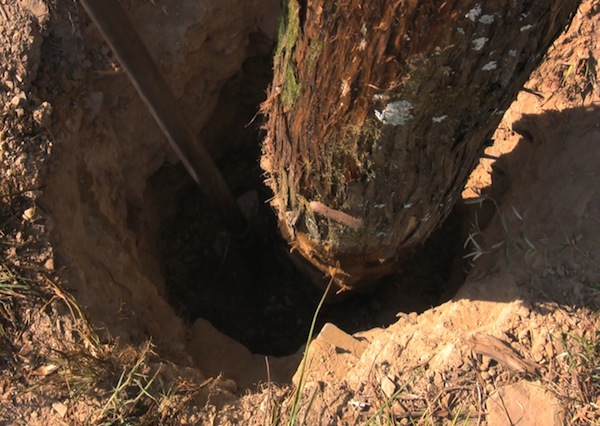
Now through the course of this writing, keep this in mind: We’re talking “rule of thumb”; not every chore can be done at these specific times. So all this is not a matter of “do or don’t”, but a matter of “good or better”.
The general rule that farm folk have practiced for ages is this: All plants producing above ground growth, fruits, or flowers benefit from a waxing moon planting. All plants that produce below ground generally benefit from a waning moon planting, leaning more heavily on the 3rd quarter. For the harvesting of vegetables, grains or forage it makes sense that this ending of growth would be best done on a waning moon: the 3rd and 4th quarters. The 4th quarter (just before the new moon) is a time of the most decreased activity, and would be the best time for destructive garden or farm chores, i.e., cutting, pruning, burning, or clearing unwanted growth.
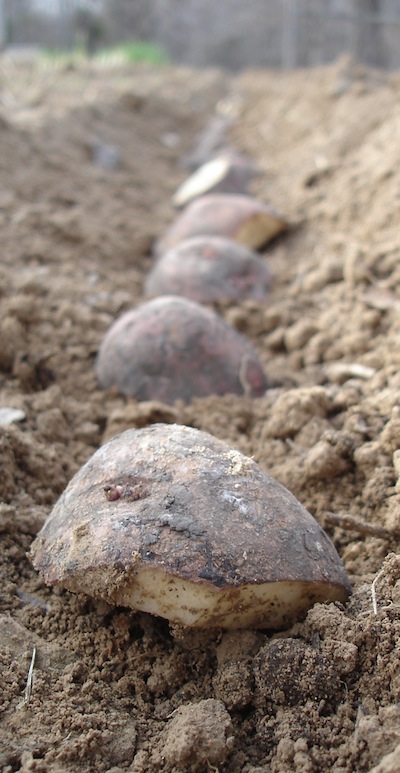
In the timber woods, trees felled in the old of the moon, especially the last quarter, will have less moisture. This is useful for both firewood as well as wood intended for the mill. It might also be the best idea to nail up wood shingles or wall siding under the decrease of the moon to avoid excessive shrinking or curling.
The influential energy of the moon, therefore, may not only affect the waters of the oceans where it is more easily witnessed, but the waters not so easily observed in the ground, plants, trees…and in us creatures.
We humans, and the animals, are full of water…namely fluids and blood. So how might these observed principles of lunar effects and causes add a little wind to our sails when it comes to our livestock?
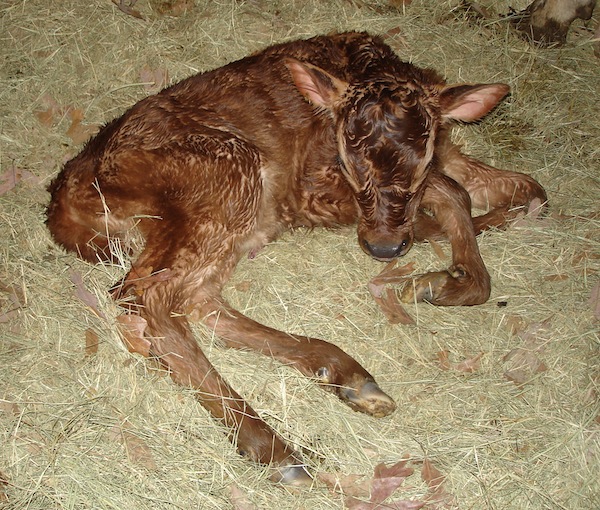
The same principle applied when dehorning cattle or sheep; it was best done around the new moon and possibly just after, which would favor cellular healing with the beginning of the “increase” of the moon and its “growth” enabling help. (Again, minuscule? Maybe, but every bit can help.)
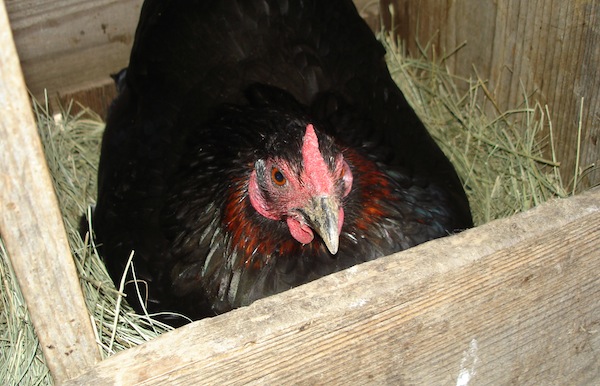

It’s easy to see how these principles of the moon’s physical forces on the fluids of the body might have useful application on the opposite side of livestock life…that is, death or butchering. Animals slaughtered on the waning of the moon, especially the 3rd quarter immediately after a full moon, will be more easily bled, and would also result in more tender cuts of meat that don’t contract as much when cooked (since it’s already somewhat contracted).
But enough of the farmyard and fields; let us move indoors.
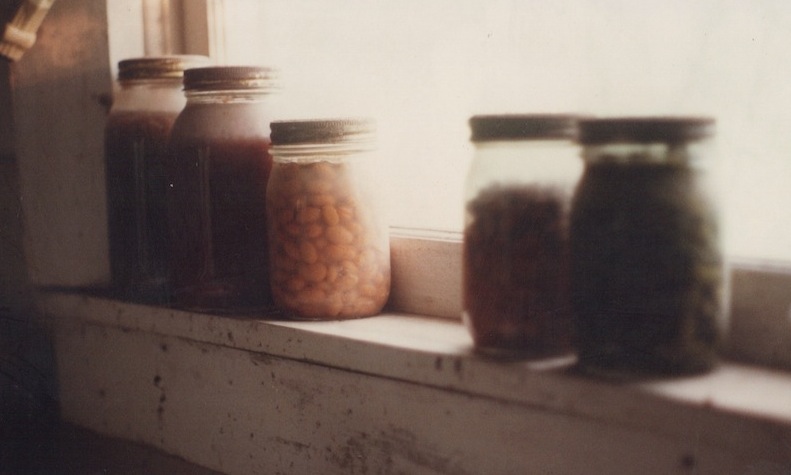
Now I want to conclude by mentioning that you can’t always do things when the moon suggests. There are times when things ripen or you have to bake during a contrary moon phase. Animals are born when they’re born…not earlier or later. If you need fresh meat, you need it. A down fence posts needs repair right now before the bull gets out and not in 15 days. As I said earlier, it’s not a matter of “do or don’t”, but of “good or better”. Bread baked during the last half of the month is far yonder better tasting than none at all.
I’ve said it before; I’ll say it again: All of this is “rule of thumb” type stuff. But do your own experimentation. With a keen and watchful eye, begin to see if you notice some differences in your daily chores done within the waxing or waning moon. And always remember this: It’s God that gives prosperity…and not His moon.
Shared on:
The Barn Hop
The Backyard Farming Connection
Frugal Days, Sustainable Ways
Simple Living Wednesday Link Up
Down Home Blog Hop
Simple Lives Thursday
Farm Girl Blog Fest

